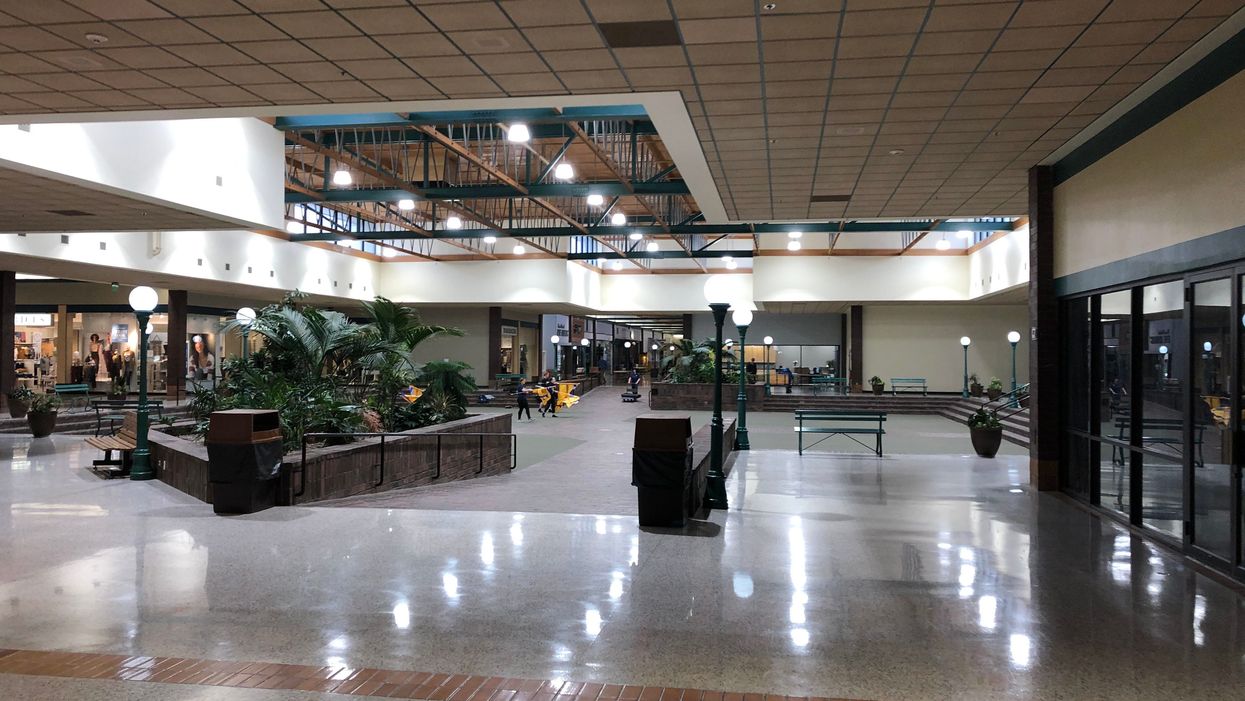
Photo by Kevin Ryan

Andrew Yang may have dropped out of the presidential race, but some of his policies are still worth considering
A woman in a black-and-white sweater vacuumed Gardner-Collier jewelry store. No customers. No reason to vacuum.
Penn Central Mall in Oskaloosa, Iowa, a town of roughly 11,000 people. The building looks like hell, attached to a Hy-Vee and a Goodwill.
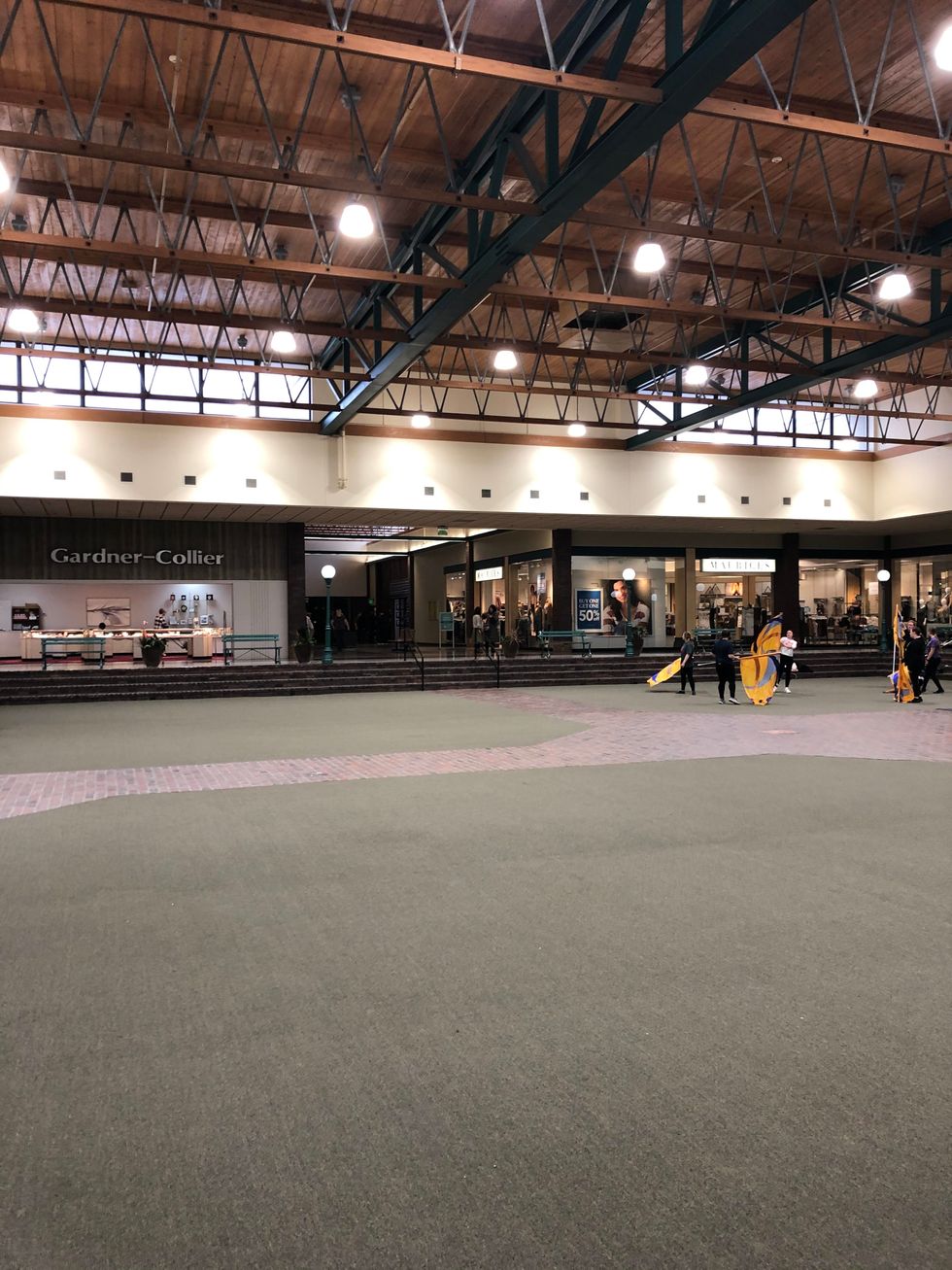
But on Feb. 3, 2020, the mall showed hints of activity in anticipation of Democratic presidential nominee Andrew Yang. Three or four dozen people, all wearing Yang 2020 apparel. Including the cheeky "MATH" hat.
"Is he here?" they kept asking.
Yang had spent the past few weeks with Dave Chappelle, performed a few shows, and made calls, including this gem.
And now, with the caucuses in a day, it was time to let Iowans decide.
Walk through the tinted doors into the south entrance of Penn Central Mall, and to your right, for an uncomfortably long distance, a wall of trinkets and knick-knacks and replica souvenirs. Useless trophies. All the other hallways throb with wallpaper that clearly hadn't been updated since 1980, so the whole place resembled the hotel from Stanley Kubrick's "The Shining."
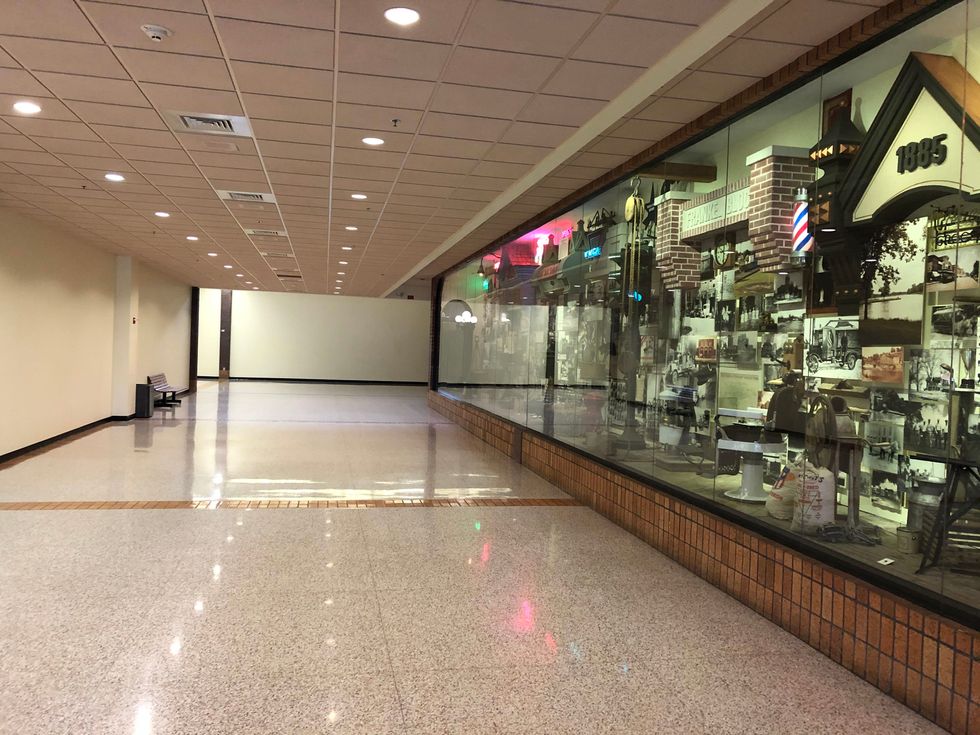
Besides the Yang supporters, there were only a dozen other people, and they seemed to walk in circles, saying nothing. No kiosks. No food court. Not even a Wetzel's Pretzels.
Then, turn left, past the Merle Norman Cosmetics with an old green sign. Toward an arcade — now abandoned, chain-locked, doors tinted. You can still see banks of pinball machines and air hockey tables and videogame cabinets like at the old-school pizzerias. Across from the shuttered nail salon with no window was Andrew Yang's 2020 Presidential Oskaloosa headquarters. He intentionally chose abandoned malls like Penn Central Mall for his campaign sites.
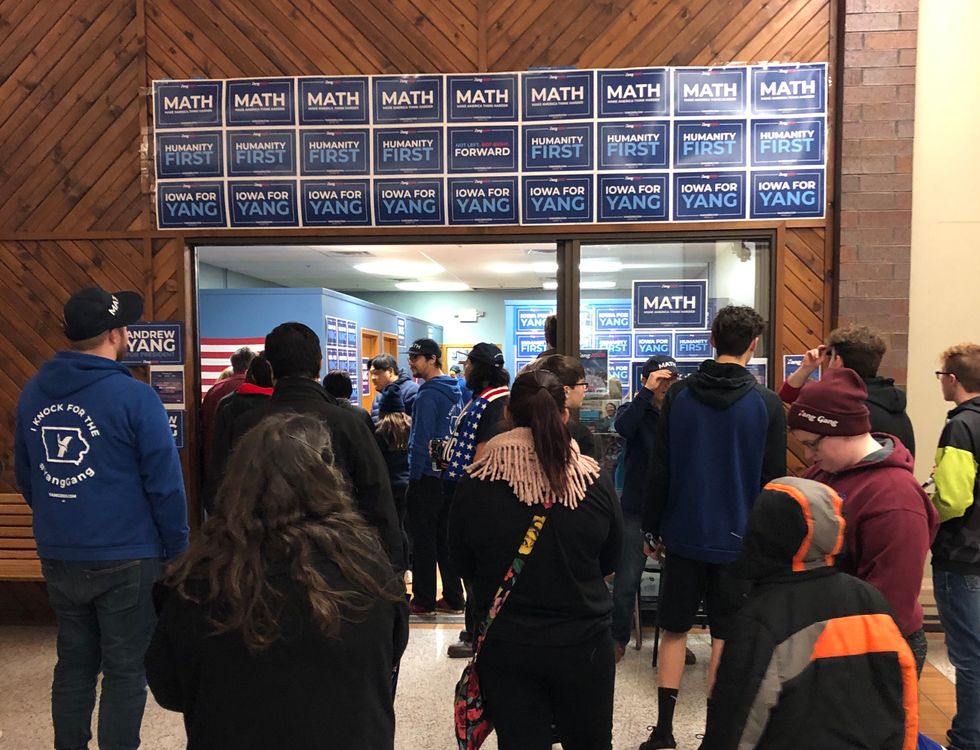
Because he believes in the cultural and commercial revitalization of these American institutions. His idea is an extension of his human-centered capitalism: "Humans are more important than money. The unit of a Human Capitalism economy is each person, not each dollar. Markets exist to serve our common goals and values."
With the American Mall Act, Yang would "redirect tax incentives away from big-box retailers and toward more sustainable employers — or even non-commercial uses.
Is anything more American than a shopping mall?
In the 22nd season of South Park, the town gets an Amazon fulfillment center, which quickly becomes a monopoly, and it destroys local business, employing everyone so that their wages become a kind of company scrip they use exclusively for Amazon purchases, a reference to Amazon's " gamification" system.
The villain, Jeff Bezos, resembles Star Trek's Talosians, the ghastly, bulb-headed aliens, who plan to capture the USS Enterprise and enslave its crew for the purposes of breeding. Bezos monitors the townspeople through their Amazon Echo devices.
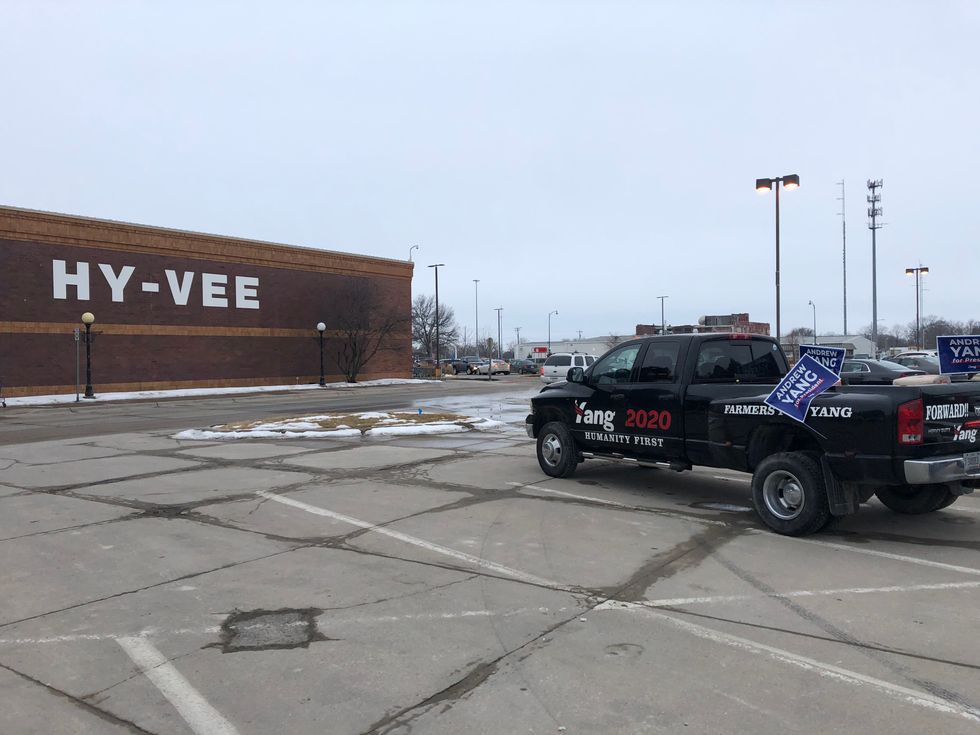
In "Unfulfilled" the ninth episode, the factory workers go on strike, and Bezos cuts off their accounts. Unexpected heroes emerge from a derelict mall, former employees who've been trapped there so long they turned green and mangled and rotten, hideous creatures based on the Morlocks, an underground-dwelling from H.G. Wells's novel "The Time Machine."
The mutant mall workers become scabs at the fulfillment center. And, after a bizarre revolution that involves Santa Clause and a cannabis farm and a talking piece of feces, the entire town shows up to City Hall to tell Bezos that they're taking their town back.
There's something post-apocalyptic about dead malls. A once extravagant giant, eroding. Former cathedrals of consumption slumping into vacancy and disrepair.
So naturally the disintegration of a once-vital cultural institution has both alarmed and intrigued us. You know how there's a subreddit for everything? Dead Malls is a running catalogue of all things Dead Mall, and with 78,000 subscribers.
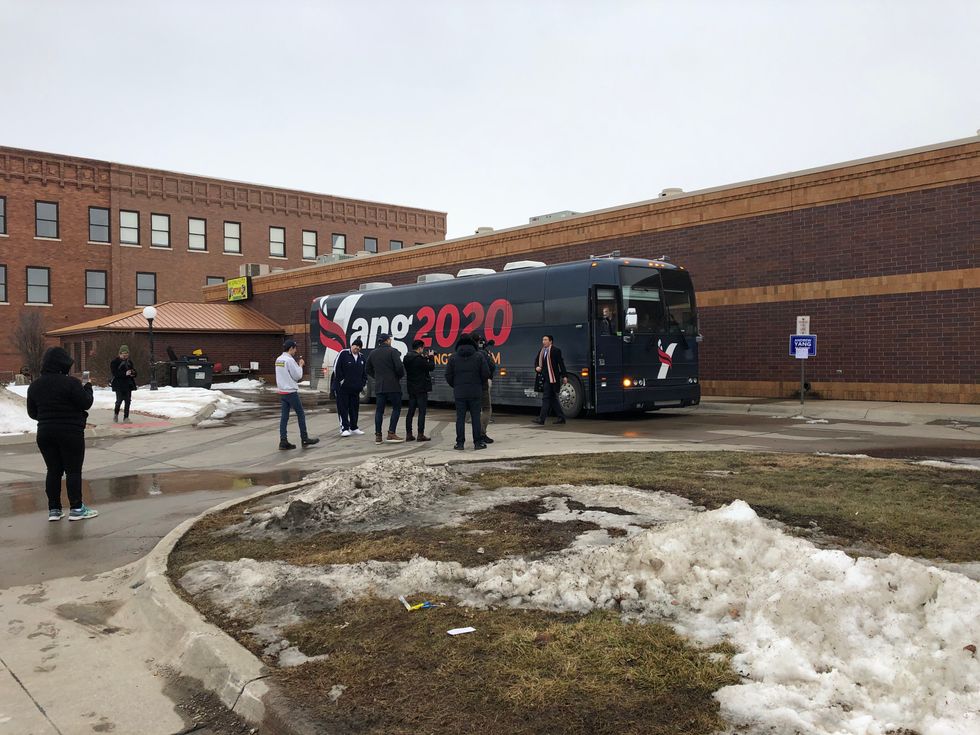
The dead mall phenomenon began in the early 1990s, as the vacancy rate started to rise and the consumer traffic began to dwindle. Department store giants like Macy's and JcPenney bring traffic, serve as anchor tenants that draw people to the mall, making them vital for the success of the smaller businesses that rely on passersby.
Enclosed shopping malls, once an emblem of post-War America, began losing customers to big-box stores like Walmart, Ikea, Target, Bed Bath & Beyond.
2007 marked a tipping point, the first time in 50 years that no new enclosed shopping malls were built in America. Not one. It was five years before another was built, City Creek Mall Center in Salt Lake City. In 2010 came the retail apocalypse, when brick-and-mortar retail stores began closing at a steepening clip.
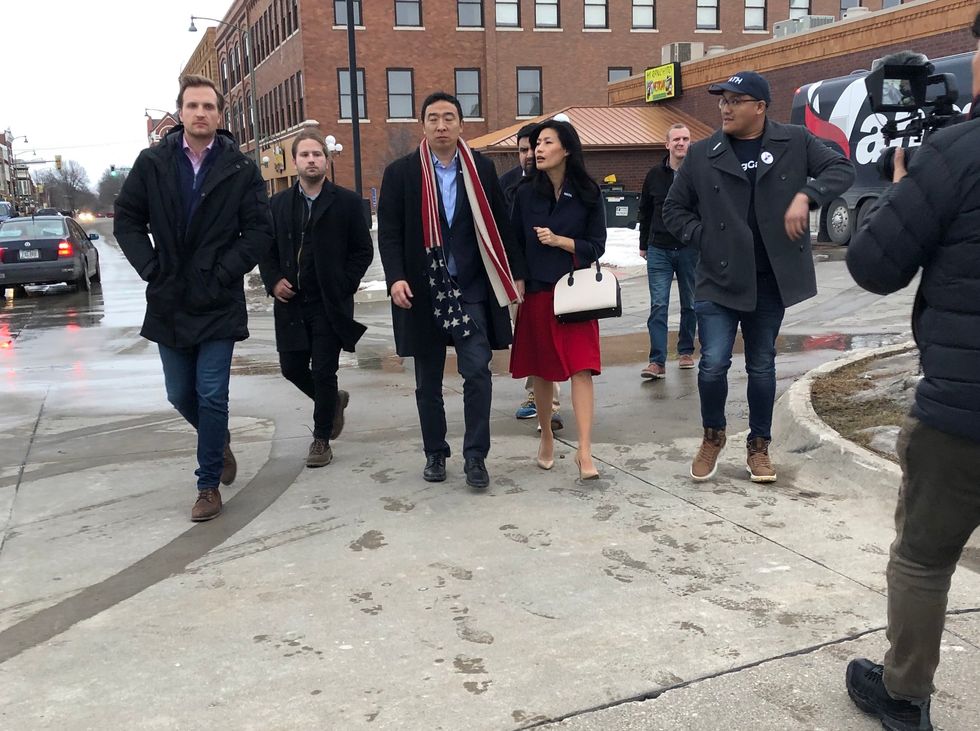
Department store giants began to feel the hit. And when they hurt, every part of the shopping mall ecosystem suffers.
Then — Bezos.
E-commerce accounted for 12 percent of retail sales in the country, up from 3.6 percent in 2008.
The first thing everyone I talked to about this story said, "Malls are dead because of Amazon." Yes. But research indicates that the issue is far more complicated, with numerous variables involved. Real estate research group Costar pointed to the cost of upkeep, shifting demographics and out-of-date tenants.
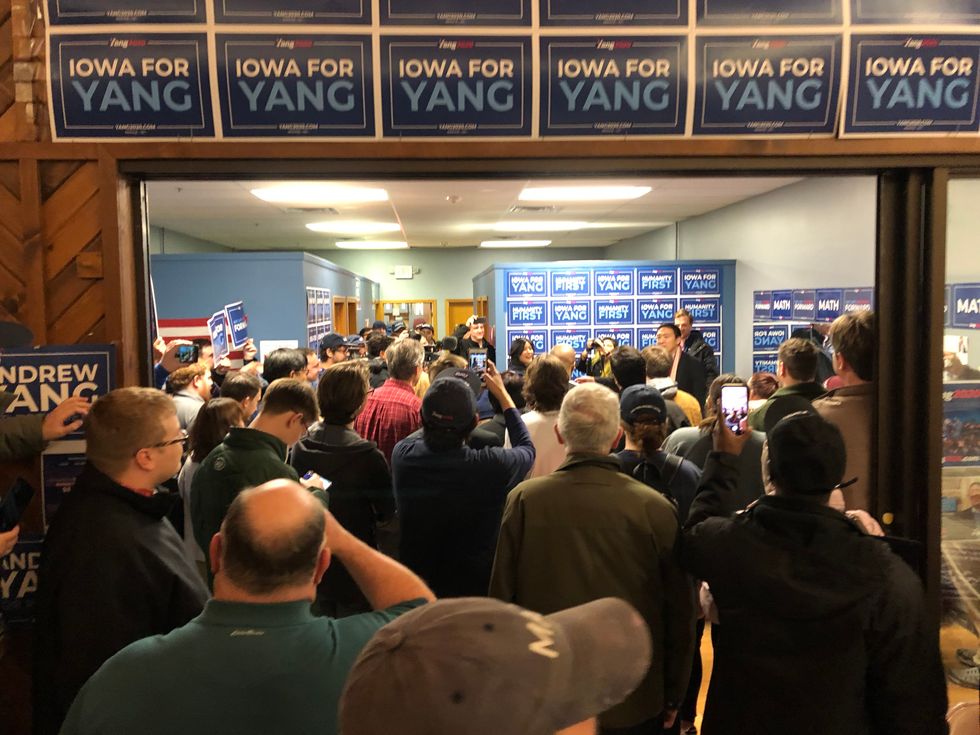
Our expectations for a shopping experience have evolved. More often, open-air markets and outlet malls give us what we once found in the massive concrete compounds of enclosed shopping malls.
There are a few oddities. Ulta Beauty, the cosmetics chain, is booming in malls. Dave & Busters, with its flexible real estate model, has done incredibly well, with 10 percent growth a year, a third of their locations are inside malls.
The commentary about shopping malls is often either bleak — malls are dying and will soon be obsolete — or optimistic — malls are just evolving to fit the needs of our digital world.
In reality, it's a blend of both.
The way we shop has changed with Amazon. Because we're also changing the way we spend money. And we're never going to go back. But that doesn't mean we have to get rid of malls. And not all malls are in trouble.
And we can always rest our hope on Gen Z.
The success or failure of a mall usually depends on the area it's located. Malls in wealthier communities continue to thrive. They've undergone a revitalization. Malls in middle-class and lower income areas, however, are suffering.
Abandoned malls also happen to be bad for neighborhoods, with less traffic and industry, the crime rates increase. When a mall sinks, it brings the surrounding neighborhoods down with it.
Malls are ranked on a three-tiered system. Class A, Class B, Class C, with A being the most successful and C the least. These are determined by sales per square foot, the average revenue divided by the selling area in square feet. At the very top of the foodchain, you've got Ala Moana Center in Honolulu, Hawaii, which stands as the most valuable mall in America, boasting $1,450 sales per square foot, with a $5.74 billion total asset value.
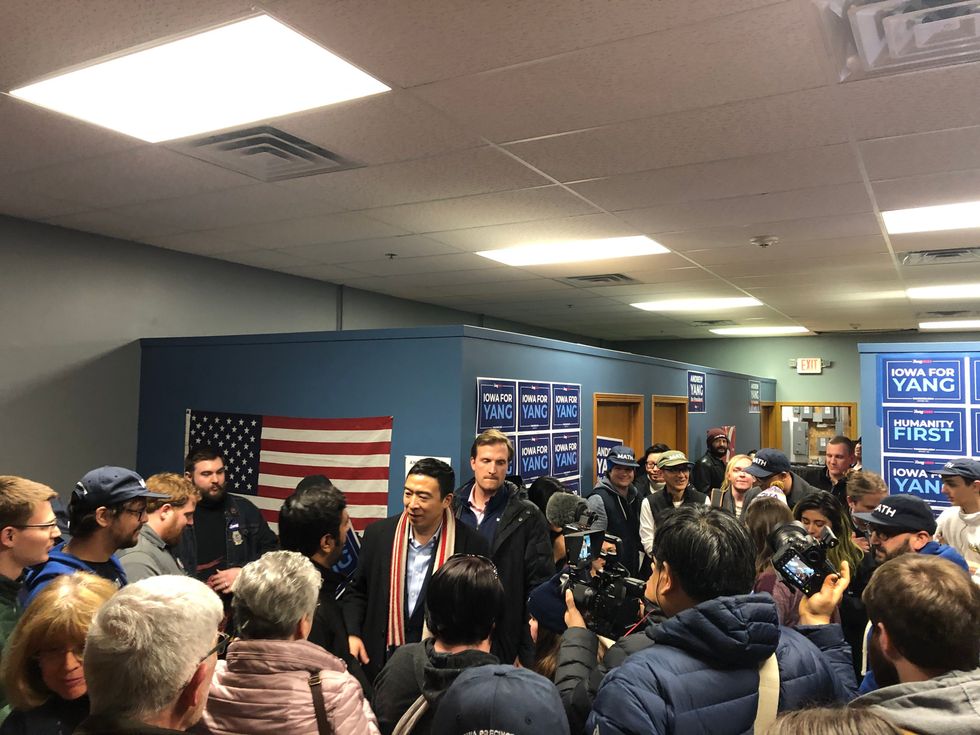
So pick a city. Take my hometown,
Tulsa, Oklahoma, for instance.
Class A malls are the thriving malls Simon Property Group, General Growth Properties, Macerich and Westfield, with $500 or more in sales per square foot. Like Woodland Hills Mall, near Broken Arrow. It boasts Tulsa's only Apple Store, of the 272 nationwide. Owned by Simon Property Group, it has two bus routes, 580 seats in its food court. There's even a Texas De Brazil Brazilian steakhouse. Located in a thriving area, with big-box stores and restaurants. It's the mall you go to when you want to see the fancy Santa.
The drop-off from Class A is fairly sharp. Class B malls aren't doing well at all, with $300 to $500 in sales per square foot. Promenade Mall has fiddled with repossession — did you know that shopping malls can be repossessed? — but the traffic is still decent because it's more centrally located. In April of this year, the JCPenney will be closing, Dillard's will be the only anchor store. And while vacancies are noticeable, there are tenants to replace them, however unconventional. Like how the former Mervyn's has been converted into a Sky Fitness & Wellbeing, a Tulsa-based gym chain.
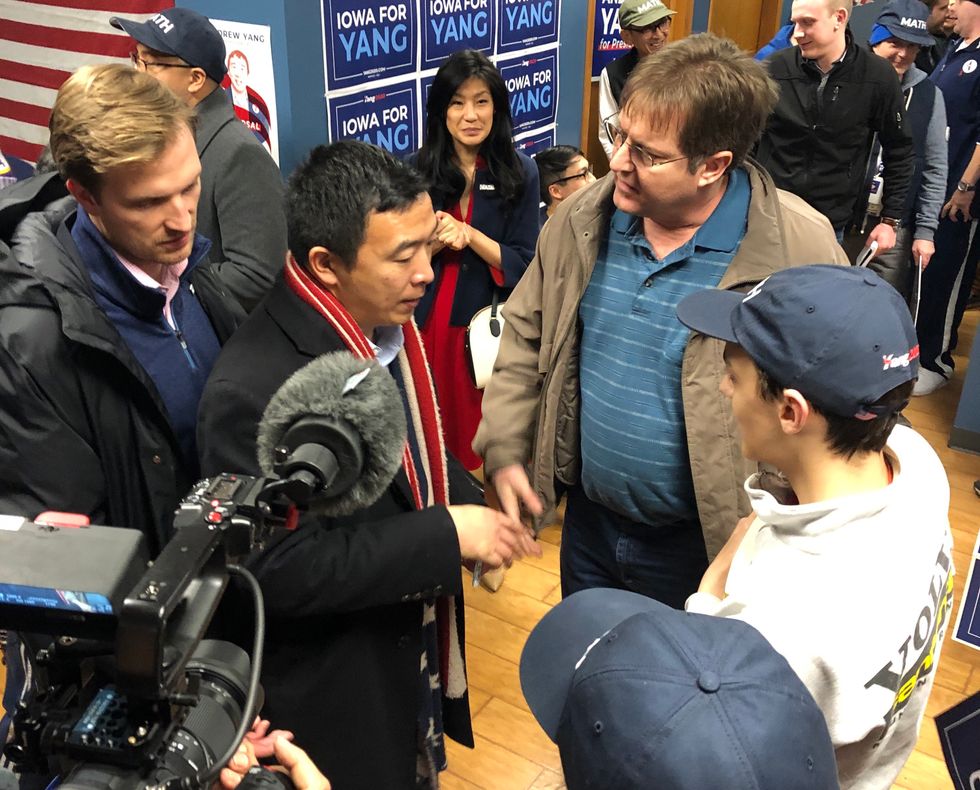
Class C malls are in bad shape, sometimes worse than bad. Less than $300 in sales per square foot, with high vacancies, usually in lower income areas, on the brink of bankruptcy or abandonment. And "greyfields" are malls where the annual sales-per-square-foot drops below $150.
Eastland Mall, in East Tulsa, the most inaccessible of the three, in a less developed area. A gradual slide from the 1990s. Closures in the early 2000s. Unable to find brand-name tenants, the owners leased to dance studios, martial arts schools, even a country music bar and a wedding chapel. By 2006, it had become a dead mall, and the Simon Property Group put it up for sale. It's at this point of a mall's life when things can get pretty ugly. But Eastland serves as proof that even a gutted mall can be brought to life.
A North-Carolina developer bought it for $2.8 million, rebranded it as Eastgate Metroplex, renovated it, and now it's used as office space, with call centers for Coca Cola, Enterprise Rent-A-Car, and Capital One. A University of Phoenix campus, a food-handler permit training center, a family health clinic, and a DMV, with the mall's entire lower level as its waiting area.
A 17-minute drive from Washington, D.C., at the Landmark Mall in Alexandria, Virgina, Macy's, a homeless shelter, with 60 beds and toilets uprooted from an abandoned Lord & Taylor.
Google offices at Mayfield Mall in Mountain View, California.
A hockey rink at Hickory Hollow Mall in Antioch, Tennessee.
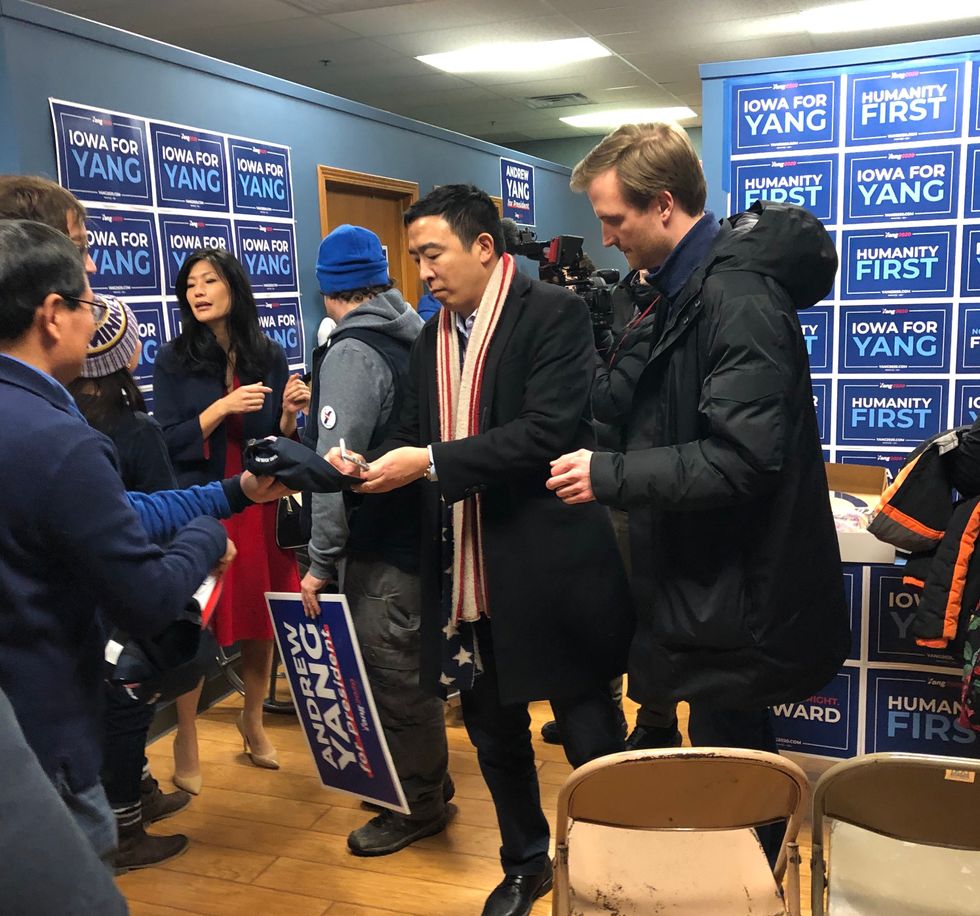
Following a tornado in 2011 that killed 161 people in Joplin and ravaged the high school, students relocated to Northpark Mall for several years. A few blocks from the Rock and Roll Hall of Fame in Cleveland, Ohio, the Galleria at Erieview, known for its glass exterior, once served as a massive urban greenhouse farm called Gardens Under Glass, which has since closed, but the mall has since been remodeled as a YMCA.
Last November, the Mall of America, the biggest mall in the nation, opened a walk-in medical clinic, with a pharmacy, a radiology room, and laboratories.
Fitting, then, that the oldest shopping mall in our country, the Arcade Providence, in downtown Providence, Rhode Island, repurposed its upper two floors into 48 micro-apartments — between 225 and 775 square feet. On the first floor, various boutiques, as well as a bar, a coffee shop, a pizzeria, a bookstore, and a spa.
The earliest Christians met in their homes or synagogues, not churches. It wasn't until 230 years after the death of Jesus Christ that the first church, the Europos church, was built as a place of worship.
The Bible doesn't include guidelines for where, specifically, Christians have to worship. Joel Osteen holds services in the 16,800-seat arena that many Houstonians still call The Summit, home to the Houston Rockets for 28 years.
Lexington Mall in Lexington, Kentucky, built on the former grounds of Eilerslie estate, constructed by Abraham Lincoln's father-in-law. It began to decline in the early 1990s, and in 2005, the lost the only remaining retailer, Dillard's. Southland Christian Church — an evangelical megachurch founded in 1956 — has several satellite campuses around northeast Kentucky. It bought Lexington Mall in 2010 for $8 million, and rebuilt it into official campus of the church. They use the Dillard's for nurseries and classrooms.
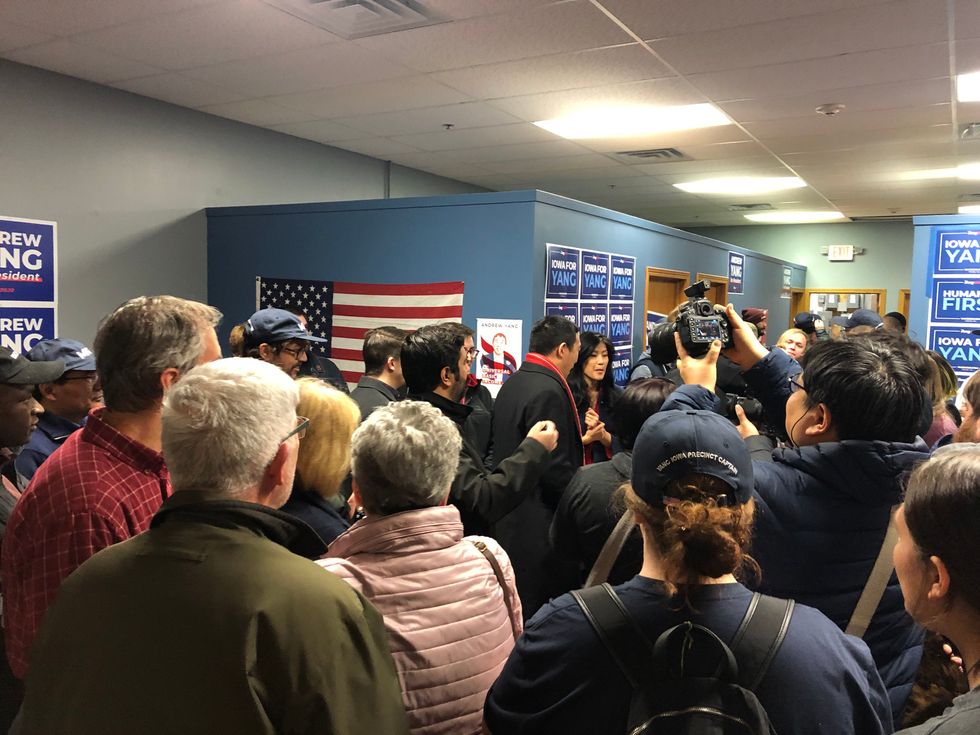
Then there's Church in the Mall. Coffee and hot chocolate, open mic nights, blood drives, concerts, game nights, in Heath, Ohio Indian Mound Mall, a C Class mall, a ghost town, with $242 sales per square foot, and no restaurants except a Wetzel's and those are the sloths of the restaurant kingdom — like, not terrible, but would you rather see a sloth or a killer whale?
For a while there, every Sunday and Wednesday, you could find worshippers at the Euclid Square shopping mall in Euclid, Ohio. In the old Lane Bryant, was New Praise Ministries. Across from it, in a former One Price Clothing outlet, was World of Faith Christian Center. In total, there were 22 other churches inside the mall. It closed in 2016, because of leaks, demolished two years later. In its place, an Amazon fulfillment center.
In Oscaloosa, Yang's supporters all huddled into the crowded shopface of the room, scoping around to catch a glimpse of Yang out the back door. They'd bottle-necked into the room and they appeared to be stuck, clogged.
Yang's bus chugged down the side street behind the mall.
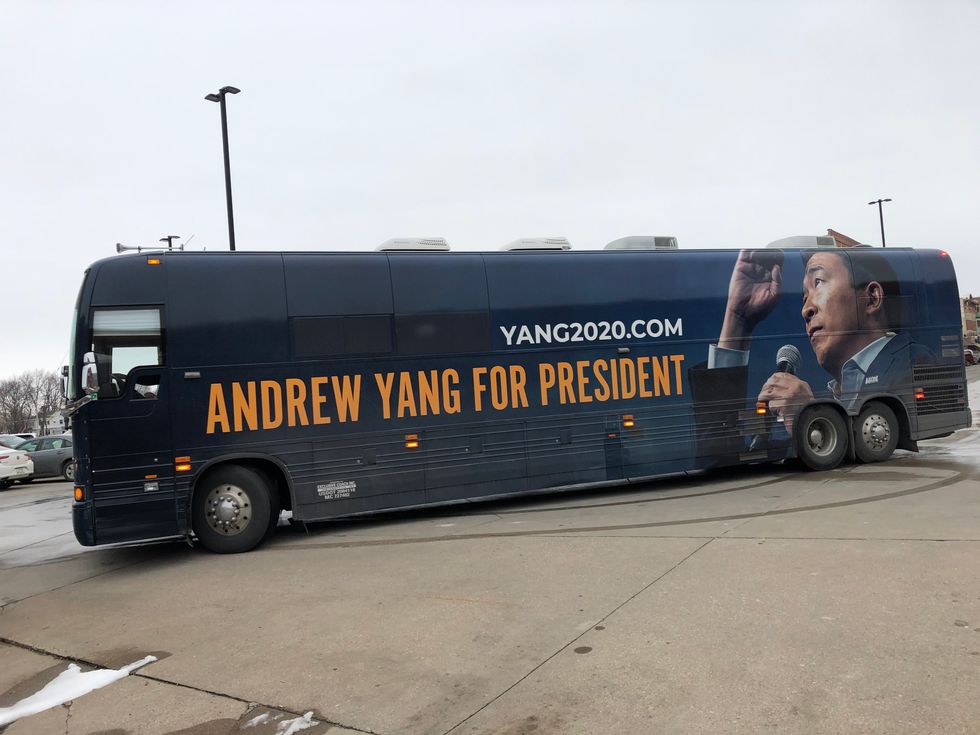
His wife had traveled along with him. Pictures of the two of them leaving a canvass lunch in Davenport had sprouted up on Twitter.
His red-and-beige scarf, his boxy shoes.
Yang gave the entire speech through a karaoke speaker with a distorted microphone.
He looked tired, indifferent. Maybe, in that moment, he was sick of campaigning.
When he finished, Mark Morrison's "Return of the Mack" started playing through the karaoke speaker. After that, Drake. Fittingly, "Started from the Bottom." Because Yang started from the bottom now he's here.
People asking for selfies or blurting out phrases. To my immediate left, an older man missing some crucial teeth kept shouting, "Andrew! Andrew! Andrew!"
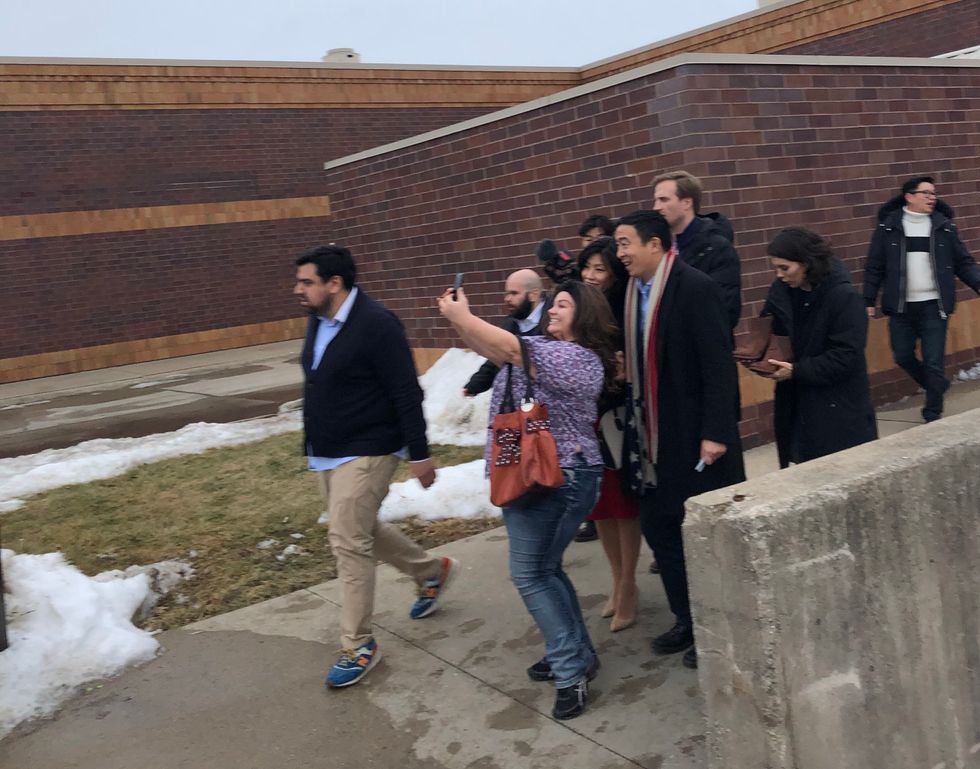
When Yang turned in the man's direction, the man thrust a wiry baseball hat and a Sharpie toward Yang. A dozen people formed a wall between Yang and the man. But this guy was adamant. Yang stared back, as if perplexed. Nodded, smiled.
Then the man turned his wiry cap around to reveal a giant iron-on patch of a marijuana leaf. "Sign my hat, Andrew!"
Before Yang could fully react, one of his campaign staff ushered him out of the room, apologizing to the YangGang with a sense of imperative.
Then he was off again. Outside briefly before shuffling back onto the Yang tour bus. From there, he returned to Des Moines, to wait for the results of the caucuses. Then on to New Hampshire, where his 2020 campaign to become president will come to an end.
Still, it's worth remembering Yang's campaign slogans: "Not Left, Not Right, Forward".
New stories come out every Monday and Thursday. Check out my Twitter. Send all notes, tips, corrections to kryan@blazemedia.com